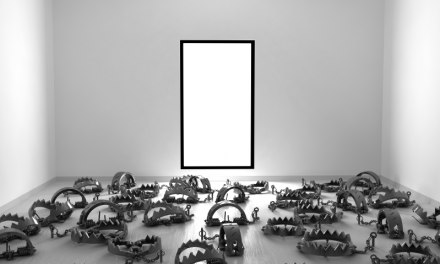I don’t know how many of you work for a company with a Board of Directors. Nonprofits tend to have boards that are more diverse and representative of their communities, while for-profit boards are likely to be composed of investors. There’s a substantial literature on the subject of how boards operate, and no shortage of expert opinions like this.
A Board of Directors is at heart a political body, and like any of its type, can become dysfunctional. It can divide into opposing factions. Or become passive, a mere rubber stamp for management (known as a ‘woodpile’ board — like logs, get it?). All dysfunctional boards, in my opinion, have one trait in common: an inability to see themselves as the problem.
Instead, a dysfunctional board focuses blame on other factors. Market conditions, for instance, or government, or most conveniently, on its own CEO or management. Anything but themselves, which is too bad, because that’s where change needs to occur.
I think of it as collective denial, or to steal a term from neurology, anosognosia — a deficit of self-awareness. The board remains unaware of its own need for self-examination and change.
Some common signs of Board dysfunction:
A lack of new blood. I recall one board (nonprofit) where no member had served for less than a decade, and a few had served almost 30 years. Not surprisingly, the organization was badly out of date. Too much turnover can also be a sign of dysfunction, if it’s based on defection rather than planned term limits.
Too much politicking: decisions are made primarily to gain influence or control. Internal struggles take precedence over the best interests of the organization.
The wrong mix: Experts like to say that a board should be composed of “know, dough, and show”. That’s expertise (know), the ability to raise money (dough), and a modicum of prestige (show). Bad boards are sometimes overloaded in one area and decidedly short in others.
I’ve been involved with several boards that I would personally describe as dysfunctional. In self-defense, I’ve learned to apply a simple test. I visualize what the organization or business could become when its potential is fully realized. Then I ask myself if this Board, as presently constituted, is capable of taking the organization to that level of success.
If the answer turns out to be ‘no’– which it occasionally does– I ask myself, “then what the heck am I doing here?”
Being on a Board is a commitment, not one to be taken lightly. But if a Board is mired in dysfunction, unable or unwilling to acknowledge the need to change, I think it’s a good idea to look around for a gracious exit.













